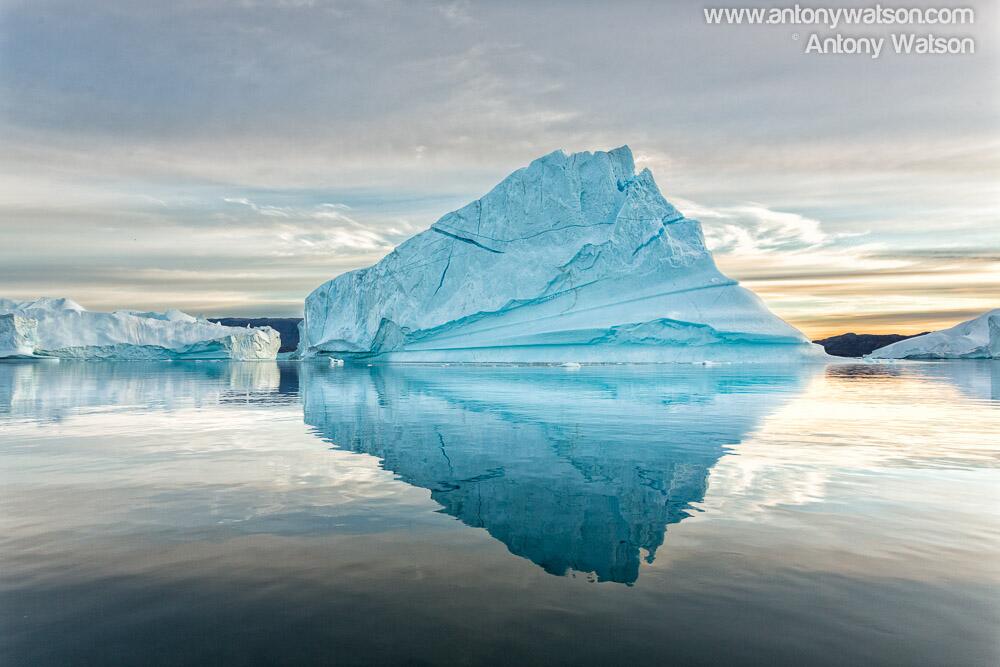We all love travel photography. Visiting interesting places, seeing the sights, meeting local people and …. photographing each and every single one of them.
After all its what we came here to do wasn’t it? Photograph everything?
I’ve been guilty of this in the past, indiscriminately photographing everyone and everything that came into sight. But is it the right thing to do?
Recently on my trip to Indonesia I engaged a local guide to accompany me for a day of travel shooting at a few locations and to share his knowledge of local customs and culture. And of course it doesn’t hurt one bit to have someone who speaks the local language.
During our travel time during the day I was able to ask numerous questions as to why? how? when? what? and who? about pretty much everything and everything.
I learnt what the cultural significance was of the temple that each family constructed in their abode. I learnt what the little garden with rocks at the front of the parents bedroom signified. But more importantly I learnt to respect what these significant cultural practices meant and to not barge into a place and to take photos left right and centre.
On my travels I visited the Tirta Empul Hindu Temple located in Manukaya Tampaksiring which was constructed in 962AD.
Tirta Empul Temple is well knowns for its spring water rising from the ground and feeding a number of fountains.
Upon arriving at the temple there was a bunch of foreign tourists photographing everything in sight. I spoke to my guide and asked where I could speak to someone at the temple.
He directed me to the local administration person.
Being quite a hot day I was wearing a polo shirt, hiking shorts and hiking boots. Great for tramping all over the place, but not exactly formal attire for attending a template or church. I asked my guide to ask the administration person about my attire and if it was acceptable. I was met with the universal unspoken response of a stern shaken head. That was a big No. I let out a big sigh.
The administration person put on a wry smile and handed me a sarong and a waist sash to wear and gestured that I put it on.
As I put on the sarong and sash I asked my guide as to what the significance was of the sarong and sash. His response, “They don’t like your knees” I laughed and said “Oh but I have great knees” to which my guide replied wryly “That may be so, but they don’t like to see anyones knees in the temple”
Upon entering the Temple I asked my guide if he knew where it was acceptable to tread and where it was not and if it was acceptable to approach the monks to which he replied “They’re so over tourists shoving cameras in their faces its best to leave them alone”.
With this knowledge in hand I entered the temple in earnest. When I saw the monks and they acknowledged my presence I gave them a respectful bow which was well received with a smile and I moved on to visit the ground water spring and on to the famous fountains pool.
Before photographing the fountains I sought to understand their significance, the part they played in local culture and of course if it was acceptable to photograph there of which it luckily was.
I then asked my guide what the process was and he explained how worshippers moved through the temple saying prayers at different places and stages before entering the fountain pool for prayer. Having this knowledge meant I understoodd where to place myself to get the photographs I wanted.

When travelling and taking photographs its essential that you understand the local customs, not doing so can see you quickly in an adverse situation.
On a professional Photography Expedition be it to parts of Asia, the Arctic, Iceland or otherwise there will be a Leader(s), and more often than not also a local guide, who will be able to share with you their knowledge of local customs to ensure you don’t upset anyone, but also to ensure you can get the best opportunity to take the photographs you want to take.
